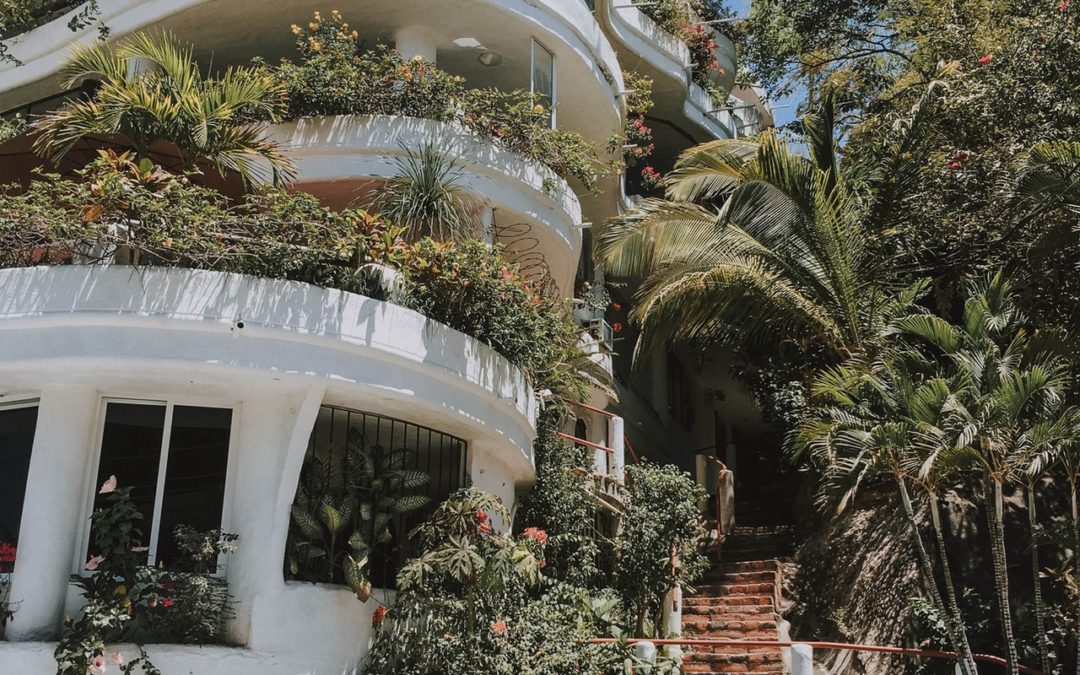The push to create a more sustainable, eco-friendly, and energy-efficient society has ramped up over the course of a few short years. While many of the upgrades needed to adopt a greener lifestyle are easily accessible, the multi-family property industry faces difficulties trying to keep up with the growing trend. However, evidence has suggested that if every apartment building were to retrofit an energy-efficient model, property owners and tenants could save an average of $8 billion dollars per year in energy costs—not to mention reduce the consumption of electricity by 15%.
With numbers this staggering, it may have you wondering how you can make your property more energy-efficient, which would help the environment and your wallet.
Swap in Energy-Efficient Light Bulbs
Whereas energy-efficient bulbs used to cost significantly more than their counterparts, LED and CFL lights are now incredibly affordable. Though they still cost a bit more than traditional bulbs up front, energy-efficient bulbs will save you money in the long run since they last much longer and use less electricity.
To save money, you can also take a slow approach when replacing light bulbs (as well as with any of these tips!). Instead of buying all the bulbs up front and making a mass change, replace old bulbs with LEDs or CFLs once they die, one at a time.
Adjust Hot Water Heater Settings
Properties with traditional water heaters are wasting a ton of energy and money. Most heaters are set to 140 degrees by default, but you can lower the heat to 120 degrees for increased efficiency and lower cost. However, setting the tank below 110 degrees can get you in trouble for safety violations, since water below that temperature is at risk for bacteria growth. Additionally, if you have an older tank, buying an insulating jacket can further reduce costs and increase energy efficiency.
Apply Caulk to Windows and Doors
So much energy leaks through improperly sealed windows and doors. While it is more beneficial to replace old windows with newer, more efficient models, it is also much more costly. Instead, you can apply caulk to any gaps found in window frames and door panels. Fixing these air leaks will allow you to keep heat or air conditioning expenses at a minimum, since they will hinder cool or hot air from escaping, thus needing to increase/decrease temperature settings.
Revamping every apartment building in the country to be more energy-efficient would do great things for our wallets and the environment. However, doing so it a rather unattainable goal given the sheer volume of properties that would need renovations. Smaller changes made over a longer period of time may not be ideal, but it is better than doing nothing. The suggestions above are small but make a big impact on the energy efficiency of your building, and in the amount you pay for monthly expenses.
